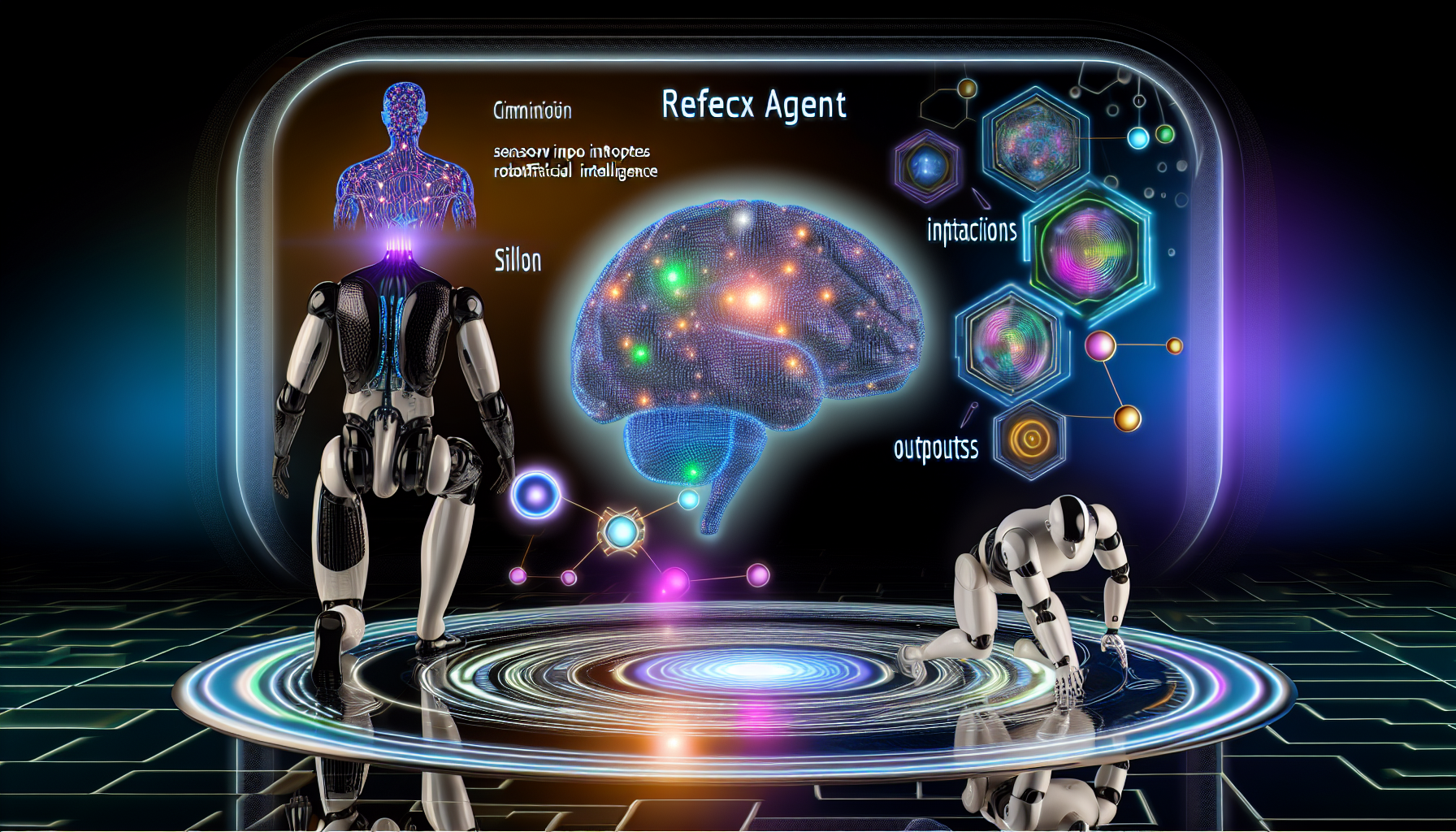Understanding Reflex Agents: The Basic Intelligence Model in Artificial Intelligence
Reflex agents represent one of the simplest and most fundamental approaches to artificial intelligence, serving as a foundational concept in intelligent system design. These agents operate on a straightforward principle of perceiving their environment and immediately responding based on predefined rules and current conditions.
How Reflex Agents Work
At its core, a reflex agent functions through a simple stimulus-response mechanism. Unlike more complex AI models, these agents make decisions based on the current state of their environment without maintaining any internal memory of past interactions or considering potential future consequences.
The operational process is remarkably straightforward:
1. Sense the current environment
2. Match the sensed information against a set of predefined rules
3. Take an immediate action based on the most appropriate matching rule
For example, in a robotic vacuum cleaner, a reflex agent might immediately change direction when it detects an obstacle, without calculating the most efficient path or remembering previous navigation patterns.
Key Characteristics of Reflex Agents
Reflex agents are characterized by their simplicity and direct approach to problem-solving. They excel in environments with clear, predictable rules and limited complexity. The primary advantages include:
– Fast decision-making
– Low computational requirements
– Simple implementation
– Minimal memory usage
However, these agents also have significant limitations. They cannot learn from past experiences, handle complex scenarios, or adapt to changing environments beyond their initial programming.
Practical Applications
Despite their simplicity, reflex agents find applications in various domains:
Simple robotics systems often utilize reflex agents for immediate response mechanisms. In industrial settings, machines with reflex agent models can quickly react to specific environmental triggers, enhancing safety and efficiency.
Temperature control systems represent another classic example. A thermostat acts as a reflex agent, turning heating or cooling systems on or off based on immediate temperature readings, without maintaining a complex understanding of temperature trends.
Comparison with More Advanced AI Models
While reflex agents provide a fundamental approach to artificial intelligence, they stand in stark contrast to more sophisticated models like:
– Model-based agents (which maintain internal state)
– Goal-based agents (capable of planning)
– Learning agents (able to improve performance over time)
These advanced models build upon the basic principles established by reflex agents, introducing more complex decision-making capabilities and adaptive learning mechanisms.
Implementation Considerations
When implementing a reflex agent, developers must carefully design the rule set. Each potential environmental state must have a corresponding predetermined action. This requires:
– Comprehensive rule definition
– Clear condition-action mappings
– Anticipation of potential environmental scenarios
The effectiveness of a reflex agent directly correlates with the quality and comprehensiveness of its predefined rules.
Conclusion
Reflex agents represent a crucial starting point in understanding artificial intelligence’s fundamental principles. While they may seem simplistic, they provide essential insights into how intelligent systems can make immediate decisions based on environmental inputs.
As AI continues to evolve, reflex agents remain an important conceptual foundation, demonstrating how even basic computational models can create responsive and functional intelligent systems.



